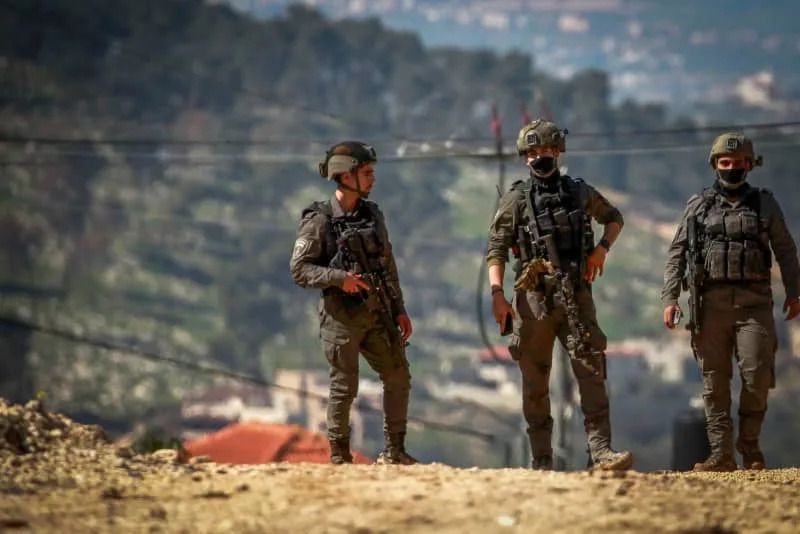
Israel is confronting heightened instability along its borders with Egypt and the West Bank as the conflict in Gaza continues to evolve. With the military engagement in Gaza ongoing for over 23 months, both the West Bank and Egyptian border are increasingly vulnerable to unrest. Each area presents unique challenges that require immediate attention to prevent further escalation.
In the West Bank, the primary concern is managing a low-level insurgency that has seen a resurgence in recent years. Israel has made significant strides in countering groups like Palestinian Islamic Jihad, which sought to establish a foothold in the northern West Bank. This effort has spanned several years, particularly from 2021 to early 2025. Despite these efforts, illegal arms continue to flow into the region, exacerbating tensions. Reports indicate that a large number of M-4 and M-16 rifles, alongside modern handguns, have been acquired by militant groups, fueling violence.
A troubling new trend has emerged, with terrorist organizations attempting to construct small rockets in the West Bank—a shift reminiscent of tactics seen in Gaza during the late 1990s and early 2000s. The transition from suicide bombings to more sophisticated weaponry indicates a strategic evolution among these groups. Recent attacks highlight this shift, often involving multiple armed assailants, suggesting a coordinated effort to challenge Israeli defenses.
Escalating Smuggling Threats from Egypt
As the situation in the West Bank develops, another critical threat arises from the Egyptian border. Smuggling activities have intensified, with reports indicating an increase in the trafficking of weapons and ammunition. Drones are reportedly being used to facilitate these operations, further complicating enforcement efforts. The frequency of smuggling incidents has surged, leading to numerous attempts being thwarted daily.
The full scale of this issue remains unclear, as many smuggling operations may go undetected. Israel’s challenges are compounded by Egypt‘s focus on securing a resolution in Gaza and preventing an influx of refugees into the Sinai Peninsula. While Egypt has deployed additional forces to monitor the border, its resources are primarily concentrated on Gaza, potentially allowing smuggling networks to shift their focus and operations.
The rise in gun violence within Israel, particularly in Arab communities, can be traced back to these smuggling efforts. Although most fatalities occur in these areas, the potential for broader conflict remains a significant concern for Israeli authorities.
Israel has historically concentrated on external threats, particularly from nations such as Iran. While this focus has yielded successes, including precision airstrikes against Iranian targets, it has also led to an underestimation of challenges closer to home. As Israel’s military campaign in Gaza continues, the risks associated with the Egyptian border and the West Bank may be overshadowed, posing a serious threat to national security.
In summary, Israel’s ongoing conflict in Gaza has sparked a variety of threats in adjacent territories. The West Bank faces an evolving insurgency, while the Egyptian border is increasingly marked by smuggling activities that facilitate arms trafficking. As these issues persist, the need for a comprehensive strategy to address the root causes of violence and instability becomes ever more pressing.






